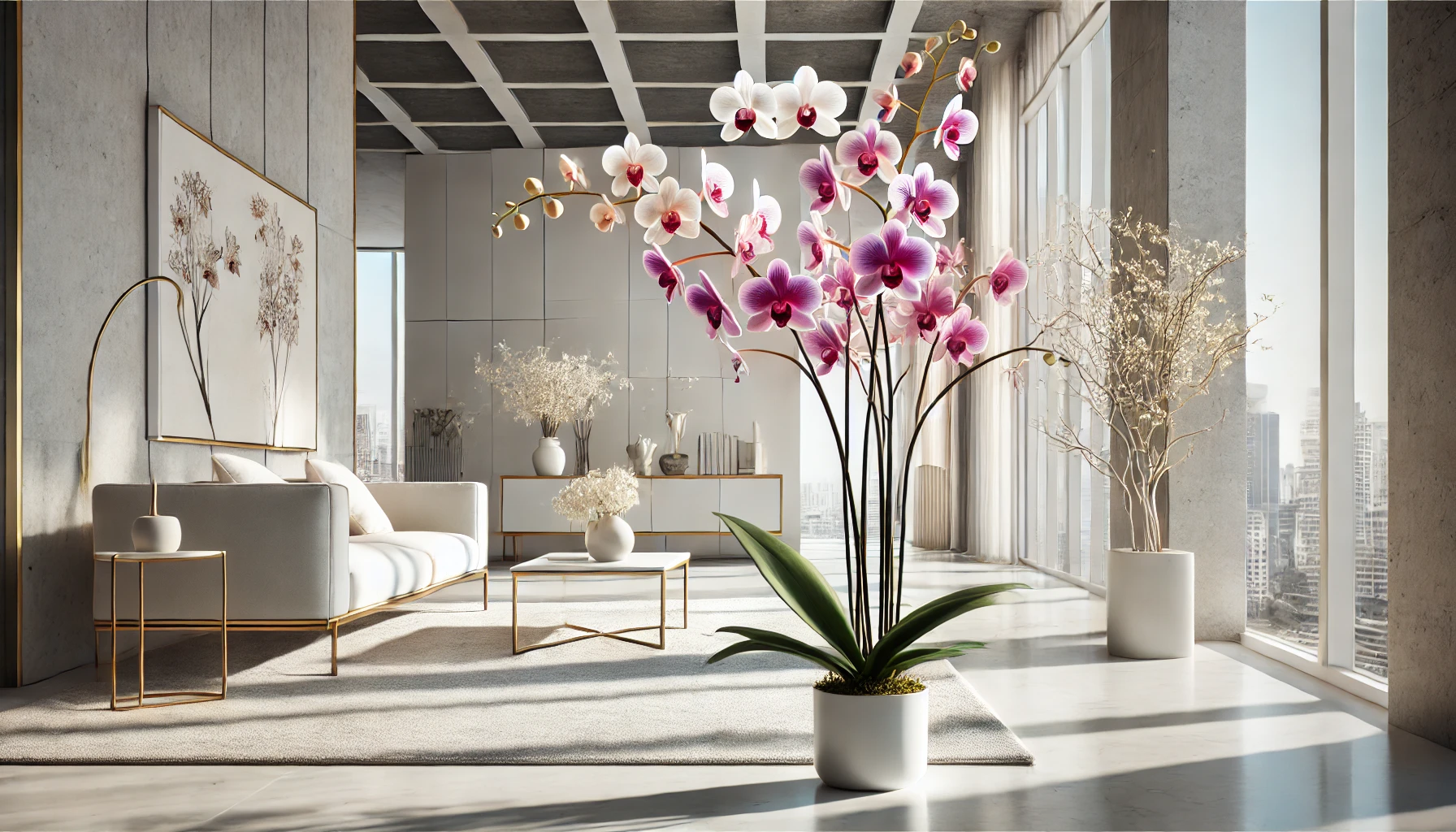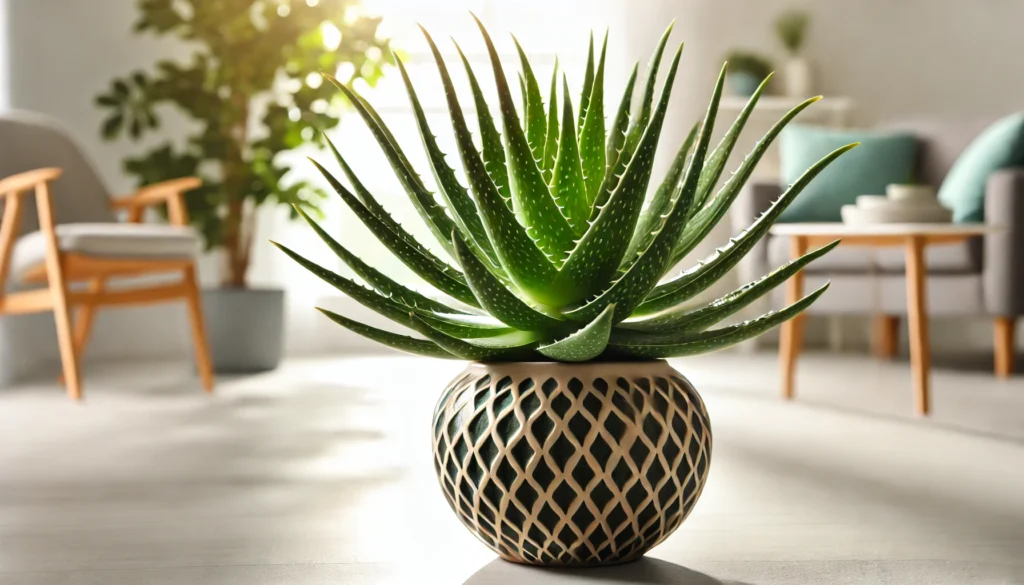
The Dendrobium Orchid, formally known as Dendrobium spp., is a captivating plant known for its elegant blooms and exotic appeal. With over 1,500 species, Dendrobiums can vary significantly in size, but many reach heights of 1 to 3 feet, making them a versatile choice for both home and garden. Their delicate flowers, which can be found in a wide range of colors, are a true testament to the beauty of nature.
A Glimpse into History and Ideal Growing Conditions
Dendrobium Orchids have a rich history, originating in tropical and subtropical regions of Asia, Australia, and the Pacific Islands. These orchids are epiphytic, meaning they naturally grow on trees or rocks, drawing moisture and nutrients from the air and rain. They thrive in warm, humid environments with bright, indirect light. In your home, they will do best in a spot that mimics these conditions, such as near an east-facing window with filtered sunlight. It’s essential to keep them in a well-ventilated area to prevent excess moisture from causing rot.
Are Dendrobium Orchids Safe for Pets?
One of the best things about Dendrobium Orchids is that they are non-toxic to pets. This makes them an excellent choice for households with curious cats and dogs. You can enjoy the beauty of these orchids without worrying about your pets’ safety.
Safe Alternatives for Pet-Friendly Gardens
While Dendrobium Orchids are safe for pets, if you’re looking to add variety, consider other non-toxic plants such as the Phalaenopsis Orchid (Phalaenopsis spp.) or the Spider Plant (Chlorophytum comosum). Both of these plants are pet-friendly and can complement the beauty of your orchids.
Best Practices for Caring for Dendrobium Orchids
Caring for Dendrobium Orchids requires some attention to detail, but with the right approach, these plants can thrive and produce stunning blooms year after year.
Watering and Humidity
Dendrobium Orchids prefer a balance when it comes to watering. Water them thoroughly but allow the potting medium to dry out slightly between waterings. Overwatering can lead to root rot, which is a common issue with orchids. These plants also appreciate high humidity, ideally between 50-70%. If your home is dry, consider using a humidity tray or misting the plant regularly.
Soil, Light, and Temperature
Use a well-draining orchid mix, typically composed of bark, perlite, and sphagnum moss. This mix allows air to circulate around the roots, which is crucial for their health. Place your Dendrobium Orchid in bright, indirect light. Too much direct sunlight can scorch the leaves, while too little light can prevent blooming. These orchids prefer temperatures between 65-85°F during the day and slightly cooler at night. Avoid placing them in drafty areas or near heating vents.
Common Problems and Remedies
Like all orchids, Dendrobiums can face a few challenges. If your orchid isn’t blooming, it might be due to insufficient light or temperature fluctuations. Adjust its environment to provide more consistent conditions. Yellowing leaves can be a sign of overwatering or poor drainage. Ensure your orchid has a well-draining potting medium and is not sitting in water. Pests like spider mites and aphids can occasionally be a problem; treat infestations with insecticidal soap or neem oil.
Propagation and Benefits
Dendrobium Orchids can be propagated through division, which is the most straightforward method. When the plant has several healthy canes, you can carefully separate them into smaller plants. Each division should have at least three canes and healthy roots. Orchids are not only beautiful but also help purify the air, making them beneficial additions to your indoor environment.
Final Thoughts
Dendrobium Orchids are a stunning and rewarding plant for any indoor garden. With their vibrant blooms and graceful form, they add a touch of elegance to any space. Although they require a bit of care and attention, the effort is well worth it. Whether you’re a seasoned orchid enthusiast or a beginner, Dendrobium Orchids will bring beauty and joy into your home for years to come.



